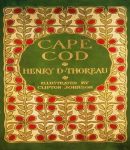
Cape Cod
Cape Cod is one of several excursion books by Henry David Thoreau. The travel itinerary frames his thoughts about geography, natural and local history, and philosophy. (Summary from Wikipedia) [chương_files]

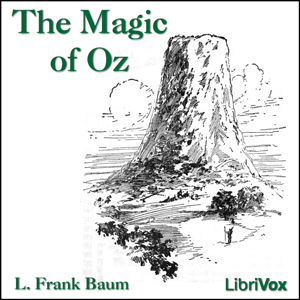


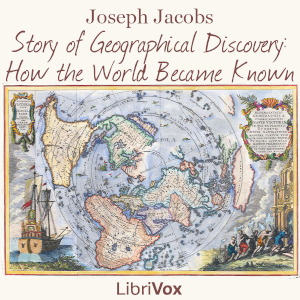


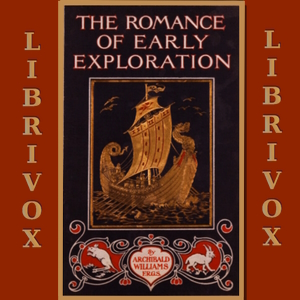



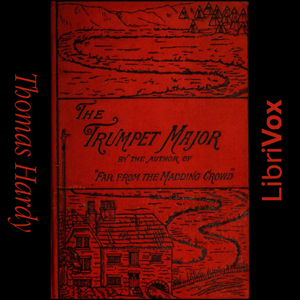




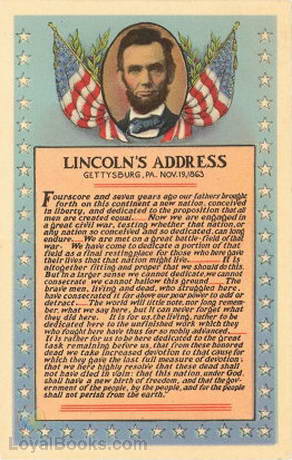




Cape Cod is one of several excursion books by Henry David Thoreau. The travel itinerary frames his thoughts about geography, natural and local history, and philosophy. (Summary from Wikipedia) [chương_files]
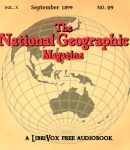
The National Geographic Magazine, an illustrated monthly, Vol X, September 1899. It includes the following articles: The Commercial Development of Japan, by O. P. Austin Bad Lands of South Dakota, by N. H. Darton The West Indian Hurricane of August 7-14, 1899, by E. B. Garriott The Return of Wellman, by J. Howard Gore The International Cloud Work of the Weather Bureau, by Frank H. Bigelow The American Association for the Advancement of Science, by Gilbert H. Grosvenor The Rediscovery of Puerto Rico The Wellman Polar Expedition Through Franz Josef Land The Isthmian Canal Problem, by W. J. McGee along with Geographic Literature and Miscellanea [chương_files]

This book was published in 1910. Not only do Mad Dogs and Englishmen go out in the noonday sun, but it seems that sometimes they venture into the frozen north as well, in winter, on foot, and alone. The author summarizes his “long tramp” across the Canadian wilderness thus: “I started in the autumn of 1872 from the Red River of the North, and, reaching Lake Athabasca, completed half my journey by the first week of March in the following year. From Athabasca I followed the many-winding channel of the frozen Peace River to its great cañon in the Rocky Mountains, and, journeying through this pass—for many reasons the most remarkable one in the whole range of the Rocky Mountains—reached the north of British Columbia in the end of May. From thence, following a trail of 350 miles through the dense forests of New Caledonia, I emerged on the 3rd of June at the frontier station of Quesnelle on the Frazer River, still 400 miles north of Victoria.” – Summary by Steven Seitel [chương_files]
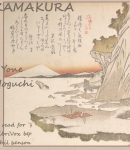
Once the most populous settlement in Japan, Kamakura is a city of shrines and temples a short train journey away from Tokyo. This short book by Japanese novelist, poet and essayist Yone Noguchi, who was equally comfortable writing in English and Japanese, is not so much a guide to the city as a collection of reflections in poetry and prose on Kamakura’s Buddhist legacy. – Summary by Phil Benson [chương_files]
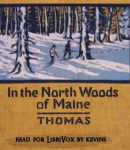
Two fifteen-year-old boys—the younger of whom may have been fourteen—decide to hunt and trap away from home in the north woods of Maine. A true recounting of their adventures can be found here, though the years that passed before the tale was written down may have added a slight bit of exaggeration. Then again, they set out in the winter of 1875 and all that’s written could very well be the complete and honest truth! The listener may wish to listen first to Section 18 of this recording—Notes on Maine Animals—as familiarity with these will enhance an understanding of the memoir. [chương_files]
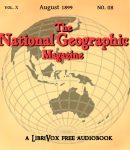
The National Geographic Magazine, an illustrated monthly, Vol X, August 1899. It includes the following articles: Shishaldin as a Field for Exploration by Joseph Stanley-Brown Magnetic Work of the Coast and Geodetic Survey Deep-Sea Exploring Expedition of Steamer “Albatross” by Hugh M. Smith Geographical Congress at Berlin The Proposed Interoceanic Canal in its Commercial Aspects by Joseph Nimmo The Interoceanic Canal by Emory R. Johnson Plans for Reaching the South Pole by Guilber H. Grosvenor. along with Geographic Literature and Miscellanea [chương_files]

Subtitled “The Journal of a Tour through the British Empire and America,” this book is a record of the author’s travels with her husband through the British Empire and America in the late 1800’s. In the words of the author, “It is but a simple Journal of what we saw and did.” Their travels took them across the Atlantic to the U.S. and Canada, then across the Pacific to New Zealand, Australia, then on to the Dutch East Indies, the Straits settlements, the Indian subcontinent and Egypt – Summary by knotyouraveragejo [chương_files]

The American Charles Warren Stoddard (1843–1909) wrote quite popular travel books, especially those about Polynesia. South-Sea Idyls (1873) was his most popular book. A series of letters to a friend, “They are,” wrote William Dean Howells, “the lightest, sweetest, wildest, freshest things that were ever written about the life of that summer ocean.” Stoddard also wrote The Lepers Of Molokai (1885), a book that brought Father Damien and his charges to public notice. – Summary by David Wales [chương_files]
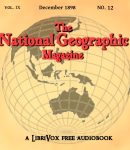
The National Geographic Magazine, an illustrated monthly, Vol IX, December 1898. It includes the following articles: The Five Civilized Tribes and the Survey of Indian Territory, by C. H. Fitch Cloud Scenery of the High Plains, by Willard D. Johnson Atlantic Coast Tides, by Mark S. W. Jefferson President Alexander Graham Bell on Japan, by John Hyde Geographic Literature [chương_files]
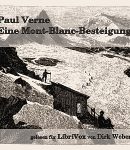
Paul Verne war der Bruder von Jules Verne. Er verfaßte für die Buch Reihe seines Bruders zwei Reiseberichte, die zusammen mit Jules Verne Romanen in Sammelbänden erschienen sind. Der vorliegende Bericht schildert die Mont-Blanc-Besteigung von Paul Verne im Jahr 1871. (Summary by Wassermann) [chương_files]
Copyright © 2024 | FreeAudible